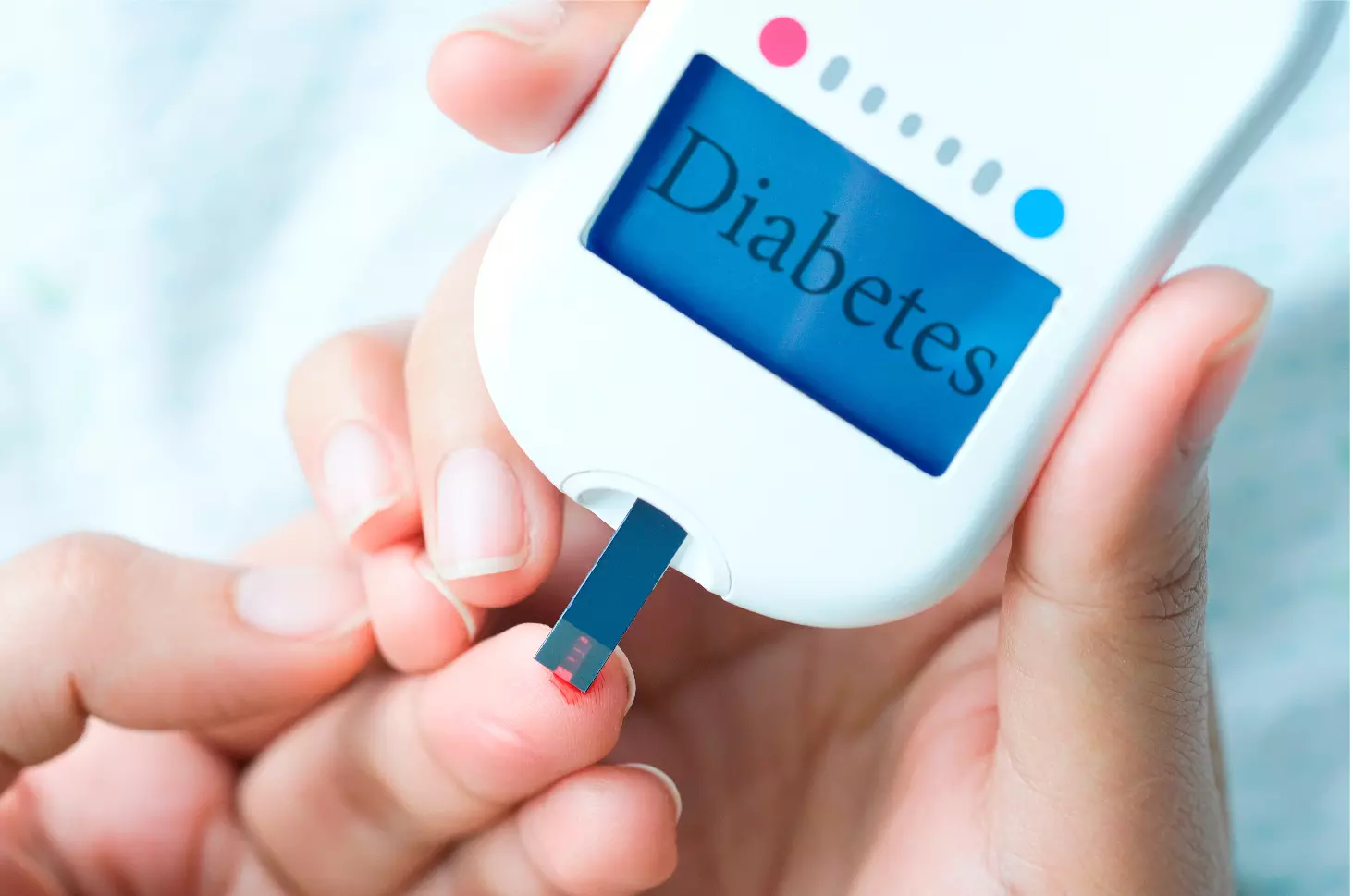The Alarming Rise of Diabetes in Young Indians: Causes, Symptoms, and Prevention

Representational Image
The burden of diabetes is high and increasing globally, and predominantly in India, mainly fueled by the increasing prevalence of overweight/obesity and unhealthy lifestyles. Approximately 77 million individuals have diabetes in India. There has been a rampant increase in diabetes, especially in young individuals. This is mainly because of lifestyle changes in the past 1 or 2 decades.
Common symptoms in people with diabetes are excess urination, increased thirst, and hunger. However these symptoms occur only when blood glucose levels are very high, so many patients with diabetes have no symptoms at all. Testing for diabetes is important moving forward. People above 30 years of age with a family history of diabetes or who are obese should get their sugars tested. Lifestyle changes are the cornerstone of diabetes management.
Diet
Simple dietary changes like portion control and healthy food choices may be considered for those with type 2 diabetes who are not taking insulin. Carbohydrate intake from vegetables, fruits, legumes, whole grains, and dairy products, with an emphasis on foods higher in fiber and lower in glycemic load, is preferred over other sources, especially those containing added sugars. a diet rich in monounsaturated and polyunsaturated fats may be considered to improve glucose metabolism and lower CVD risk. Incorporate healthy snack options like fruits, sprouts, nuts, etc. Non-Nonnutritiveeeteners can be consumed in moderate amounts. Alcohol consumption may place people with diabetes at increased risk for hypoglycemia, especially if taking insulin or insulin secretagogues. Alcohol intake should be minimized to not more than 2drinks/day. Smoking should be avoided. Maintain proper sleep of 8 hours and avoid stress.
Physical Activity and Exercise
Exercise is associated with improved glucose control, cardiovascular fitness, and quality of life. It is recommended that individuals strive for 150 minutes of moderate-intensity physical activity or 75 minutes per week of vigorous exercise on at least 3 days per week. Both aerobic and resistance exercises are effective and recommended.
Medications
Many newer therapies which address cardiovascular risk in diabetes have emerged. Follow your doctor’s prescription and be compliant with medications. Diabetes can give rise to complications that can affect the eyes, kidneys, heart, etc. Keep a tab on these complications and follow monitoring for these complications as advised by your doctor. Knowledge of the proper steps of insulin administration is important. We often come across individuals on insulin with improper injection techniques which can lead to poor glycemic control. Many diabetes self-management support groups are active from whom help can be sought. All individuals with diabetes should be aware of hypoglycemic symptoms like dizziness, sweating, increased heartbeat, and tremors and their management.
How often should we check sugars?
Self-Monitoring of Blood Glucose at home by standard glucometers will help in good glycemic control. Follow the schedule as prescribed by your treating doctor. Hba1c which shows the average sugar value should be tested once in every 3-4 months. Fraudulent information has been in circulation off-late. Do not trust all web content blindly. Trust your doctor and take a safe path to good health.
The article is authored by Dr. Sandeep DeviReddy, Consultant Endocrinologist, KIMS Hospitals, Secunderabad
( Source : Guest Post )
Next Story

